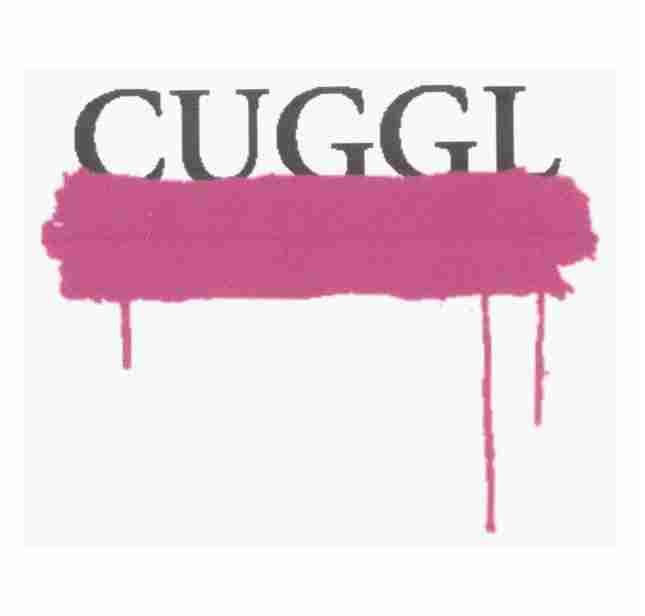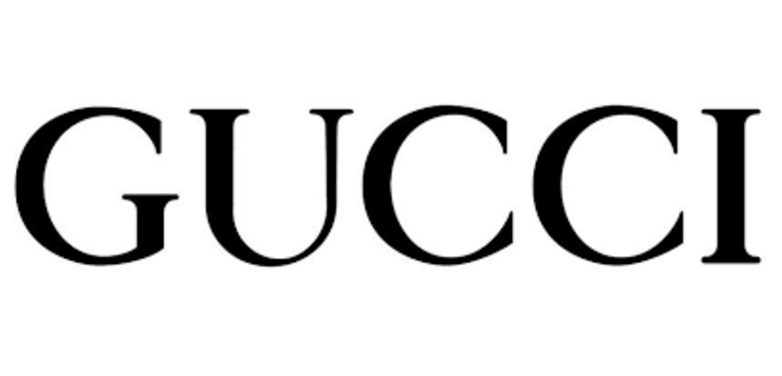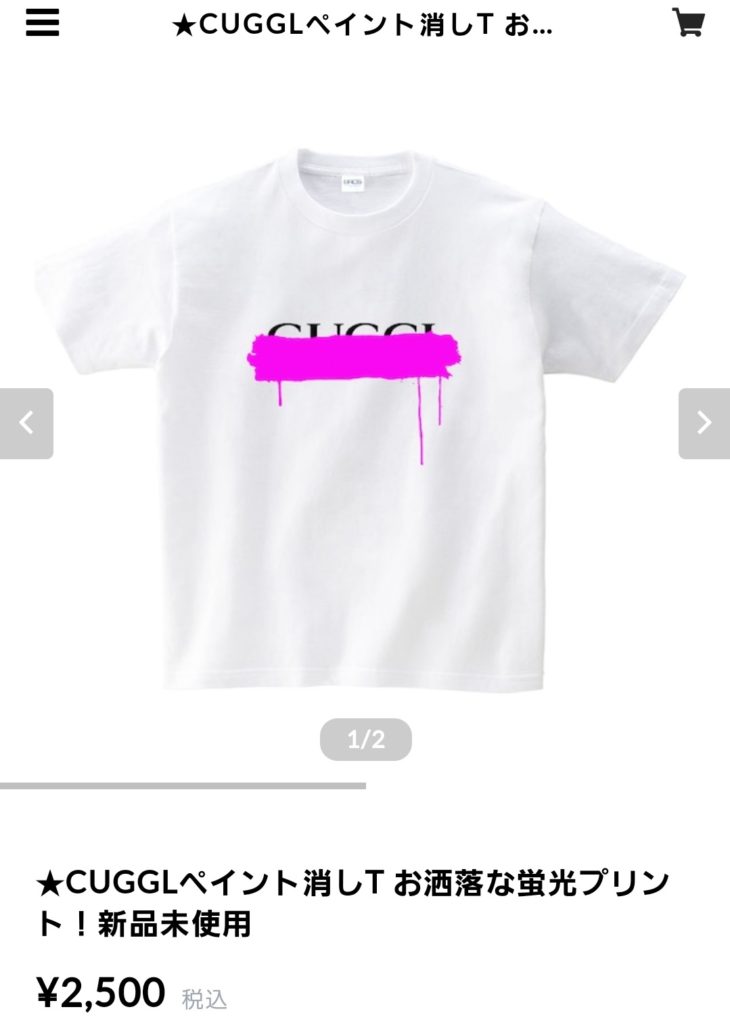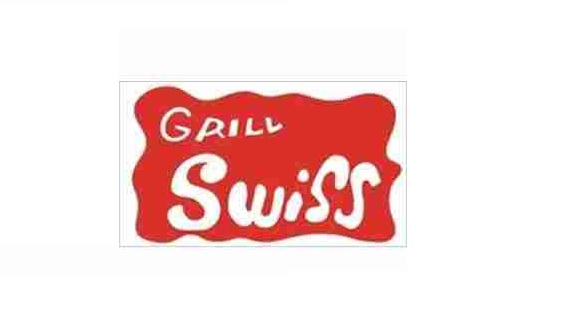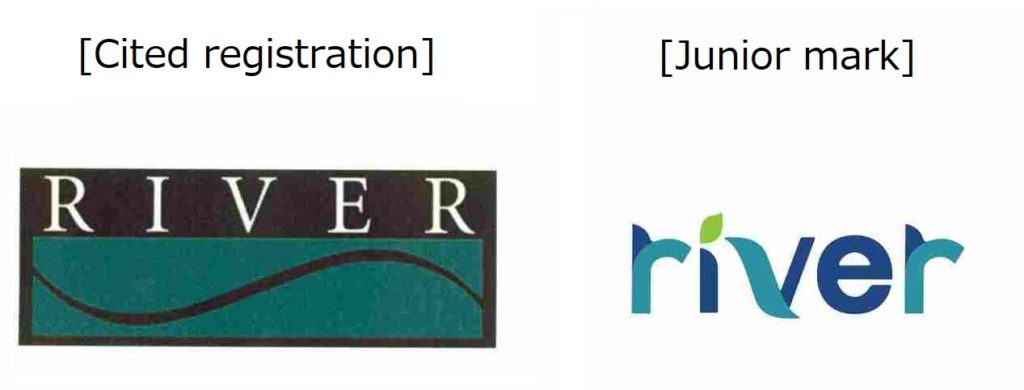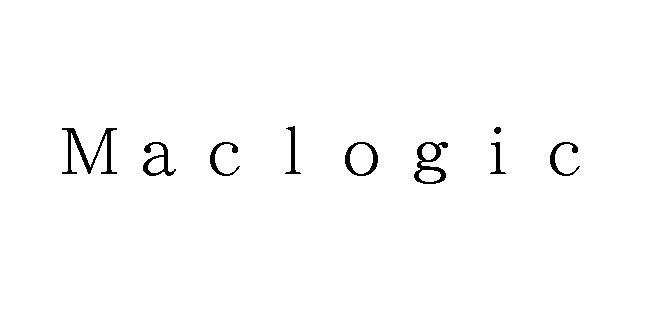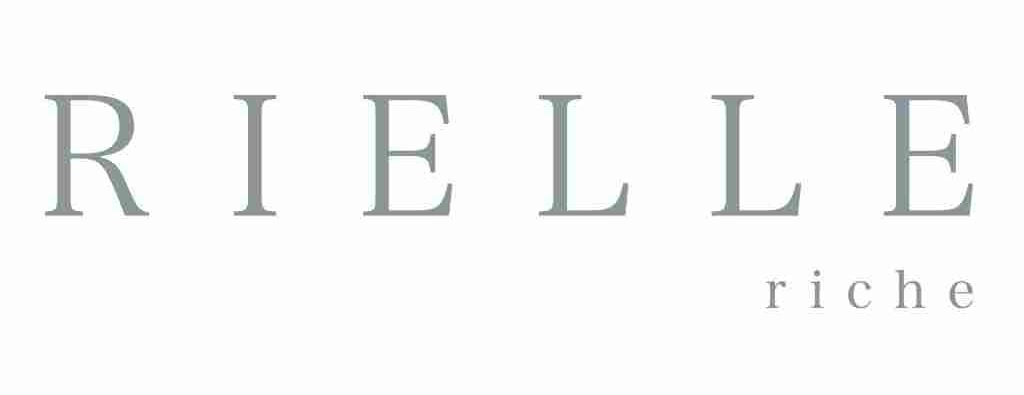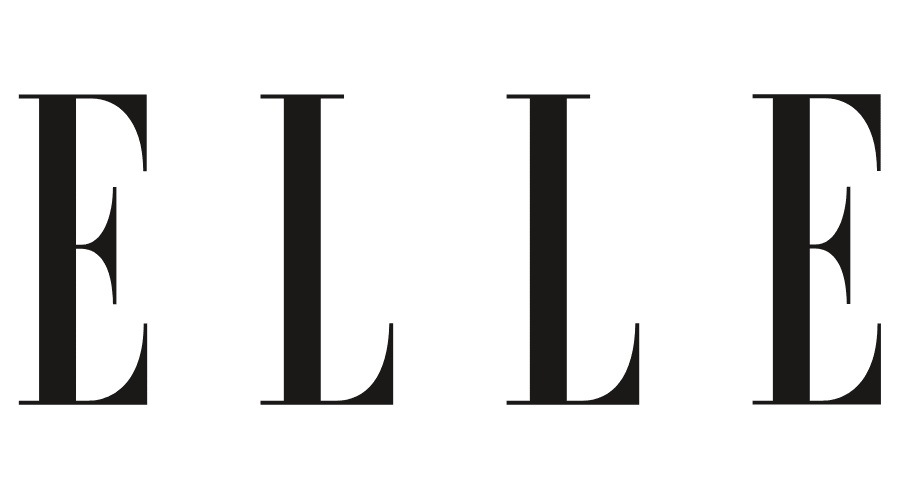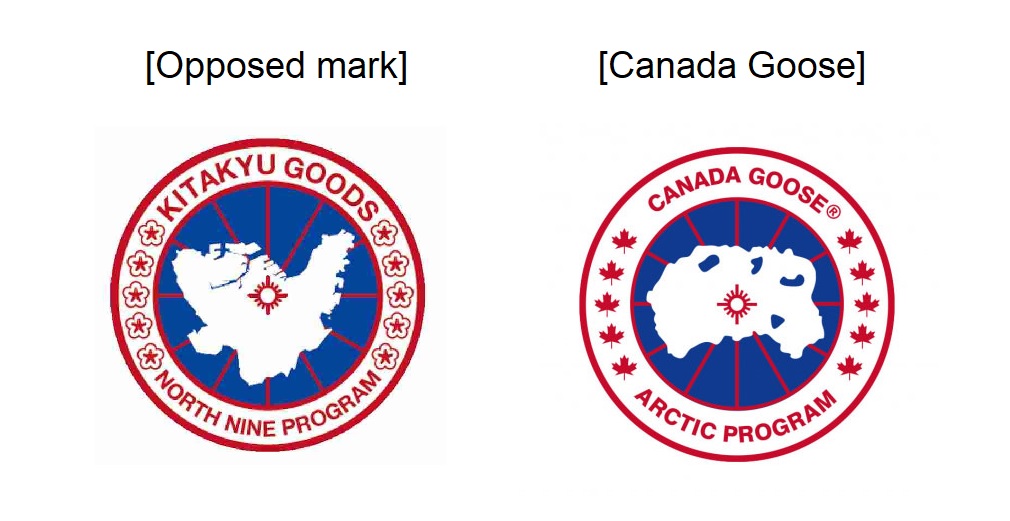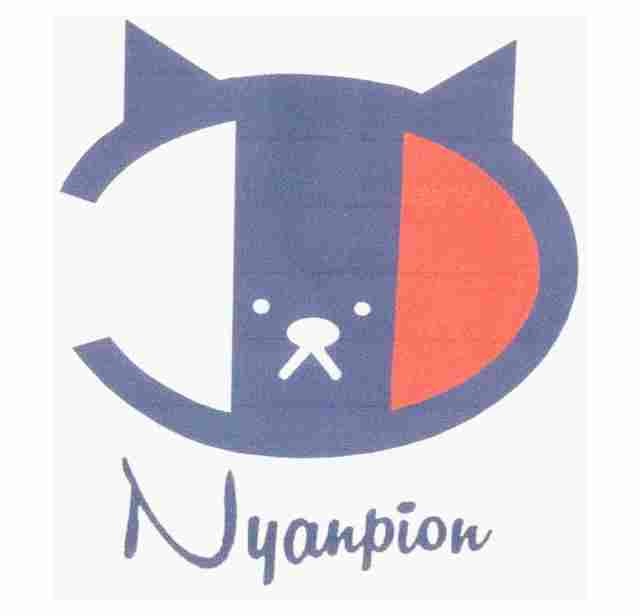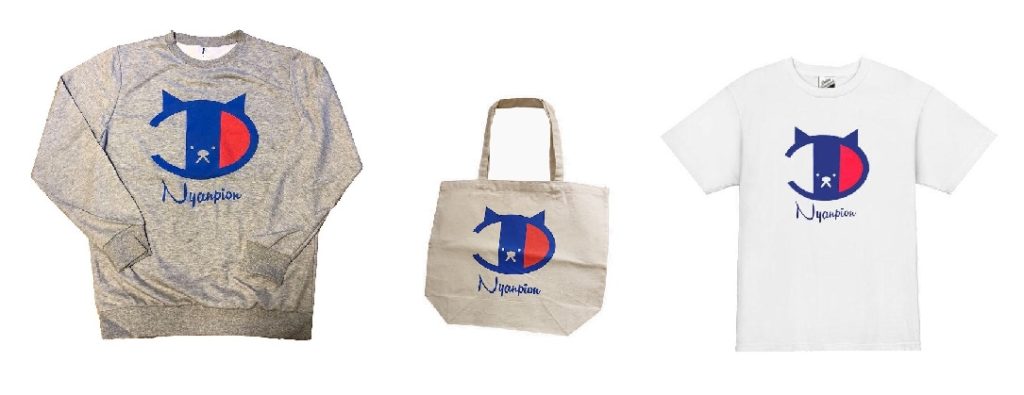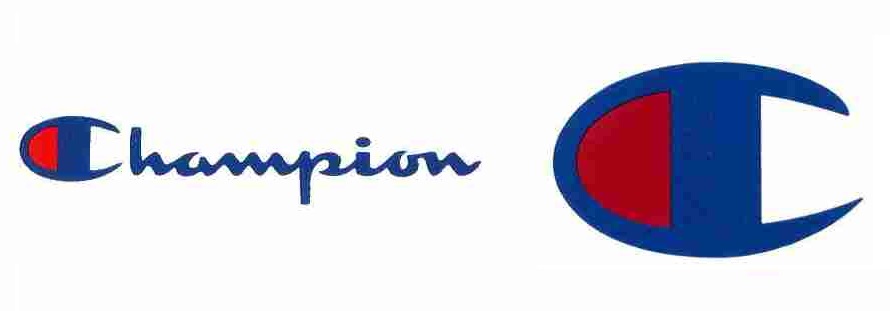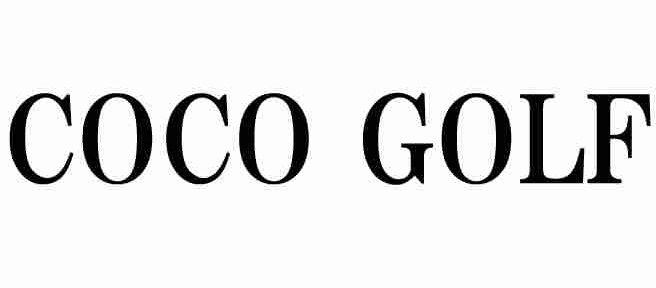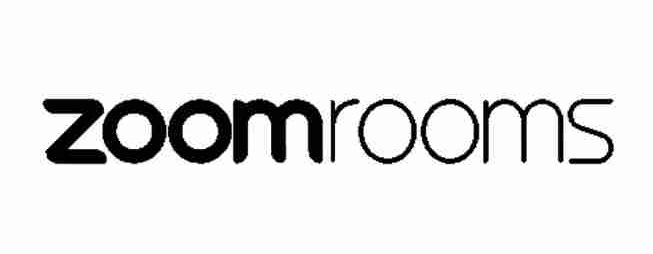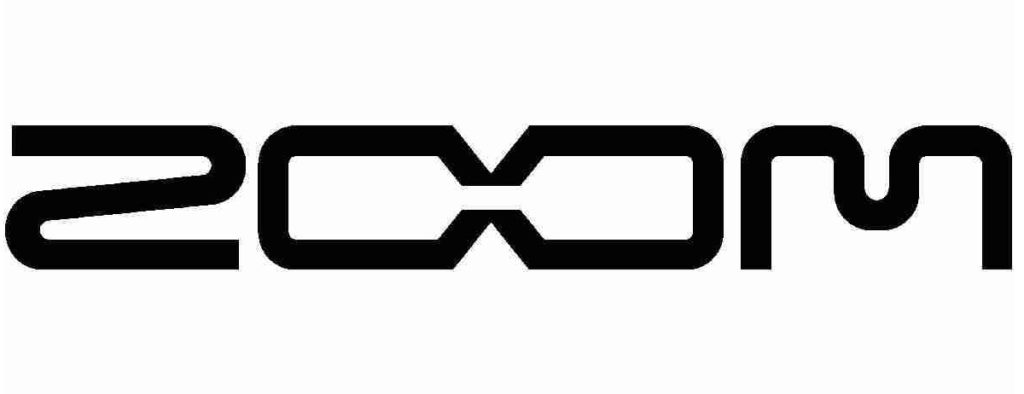On July 27, 2022, the Appeal Board of Japan Patent Office (JPO) disaffirmed the examiner’s rejection and found TM Application no. 2019-152946 for “InstaShop” with device mark is dissimilar and thus unlikely to cause confusion with a famous mark “Insta” known as an abbreviation of “Instagram”.
[Appeal case no. 2021-12444]InstaShop
The applied mark consists of a red rectangle with rounded corners, a motif depicting a white shopping basket, the term “InstaShop” in white with large font, and “Convenience delivered” in black with a smaller font (see below).

The mark was filed in the name of InstaShop DMCC, a UAE corporation, for use on ‘online ordering services; price comparison services; import-export agency services; compilation of information into computer databases; providing commercial information and advice for consumers in the choice of products and services; retail services and wholesale services for foods and beverages, clothing, footwear, bags, cosmetics, and others in class 35 and ‘car transport; truck transport; packaging of goods; freight brokerage; delivery of goods; warehousing; rental of warehouse space and others’ in class 39 on December 5, 2019.
The JPO examiner rejected the mark due to a likelihood of confusion with the famous mark “Insta”, known as an abbreviation of “Instagram” in connection with application software for posting and sharing images and videos, online social networking services, advertising, and publicity services based on Article 4(1)(xv) of the Japan Trademark Law.

Article 4(1)(xv) is a provision to refrain from registering a junior mark that is likely to cause confusion with other business entities’ well-known goods or services.
The applicant filed an appeal on September 16, 2021, and argued the unlikelihood of confusion with Instagram.
JPO decision
The JPO assessed the term “InstaShop” can be a prominent portion of the applied mark and play a role in source indicator per se, but it shall be dissimilar to the “Insta” mark from visual, phonetical points of view. Even if the concepts are not comparable, by taking into global consideration the impression, memory, and association that respective mark gives to consumers and traders, the Board has a reason to believe that both marks are distinctively dissimilar.
Being that the applied mark contains figurative elements and other words “Convenience delivered”. Due to the difference, the applied mark as a whole has a low degree of similarity to the “Insta” mark.
Besides, the Board does not find the services in question have a close association with goods and services of Instagram in view of purpose, business field.
Even if the “Insta” mark has acquired a certain degree of reputation and popularity mainly among young consumers in their teens and twenties, the Board has no reason to believe relevant consumers are likely to associate and confuse a source of the services in question bearing the applied mark with Instagram because of a low degree of similarity of marks and relatedness with respective goods and services.
Based on the foregoing, the Board decided to disaffirm the examiner’s rejection and grant registration of the applied mark.

